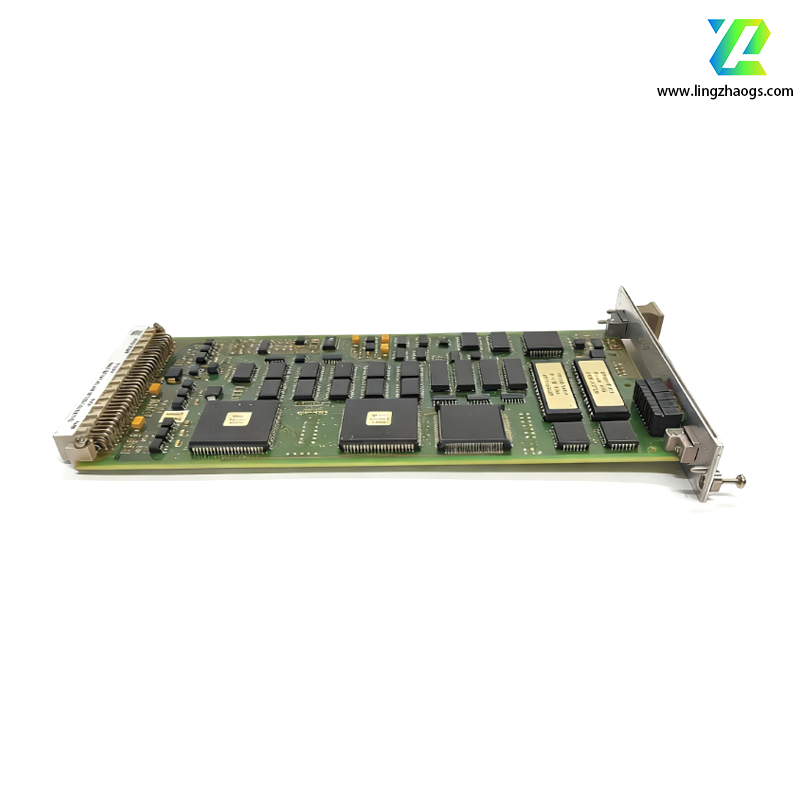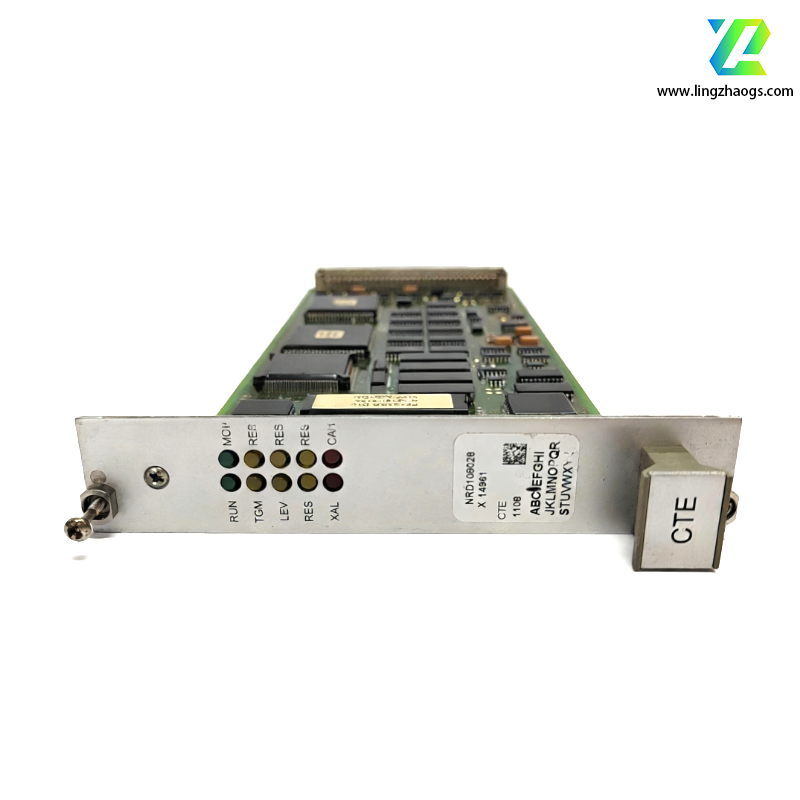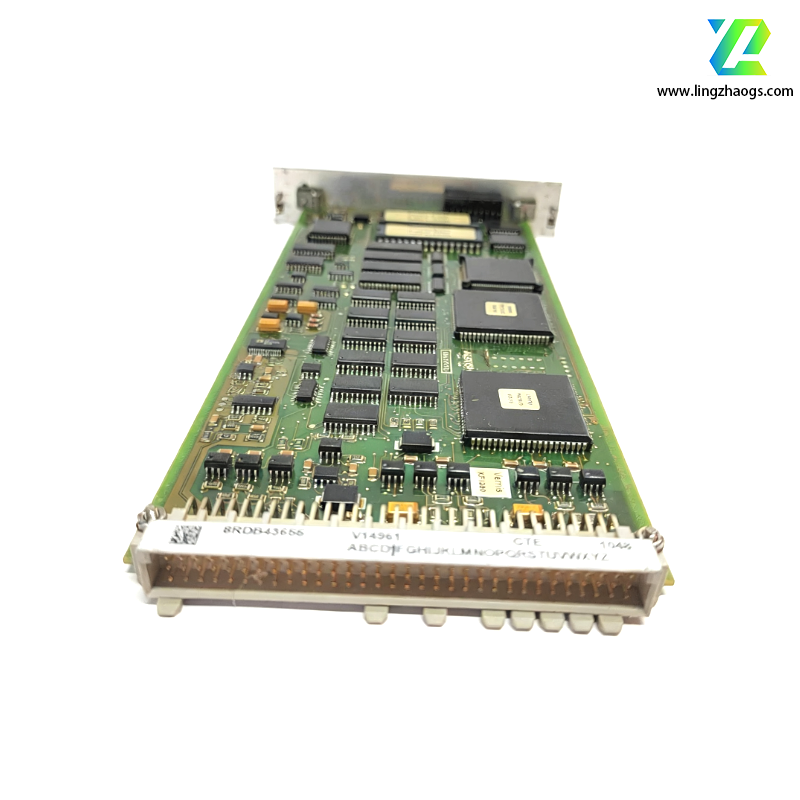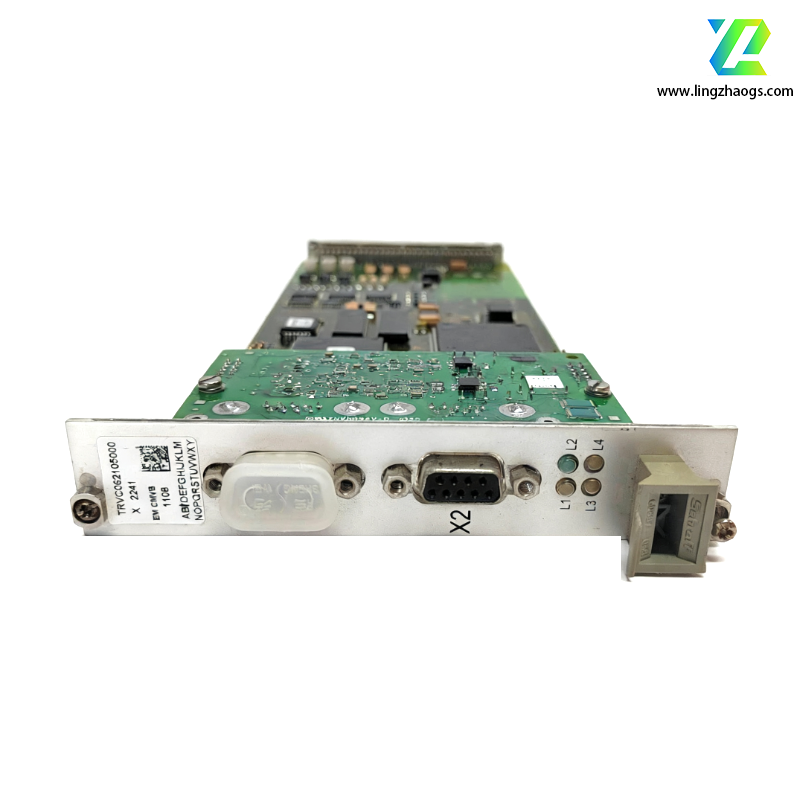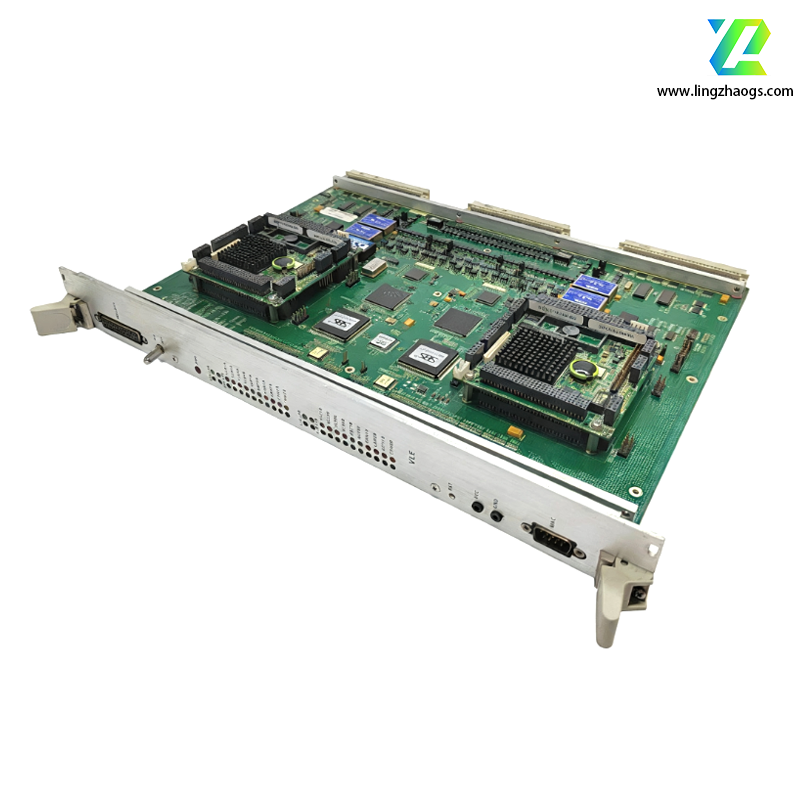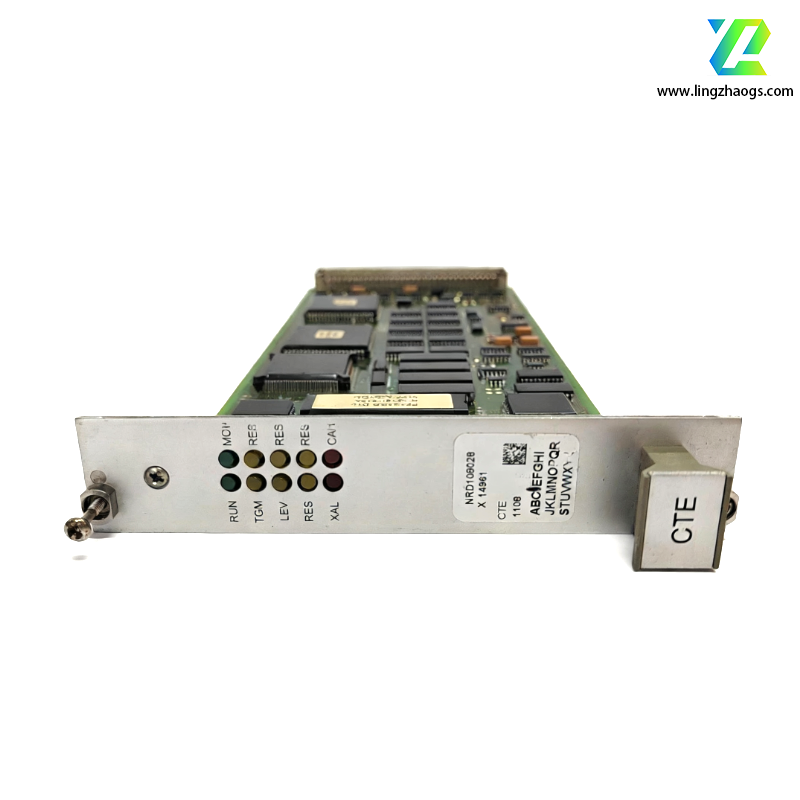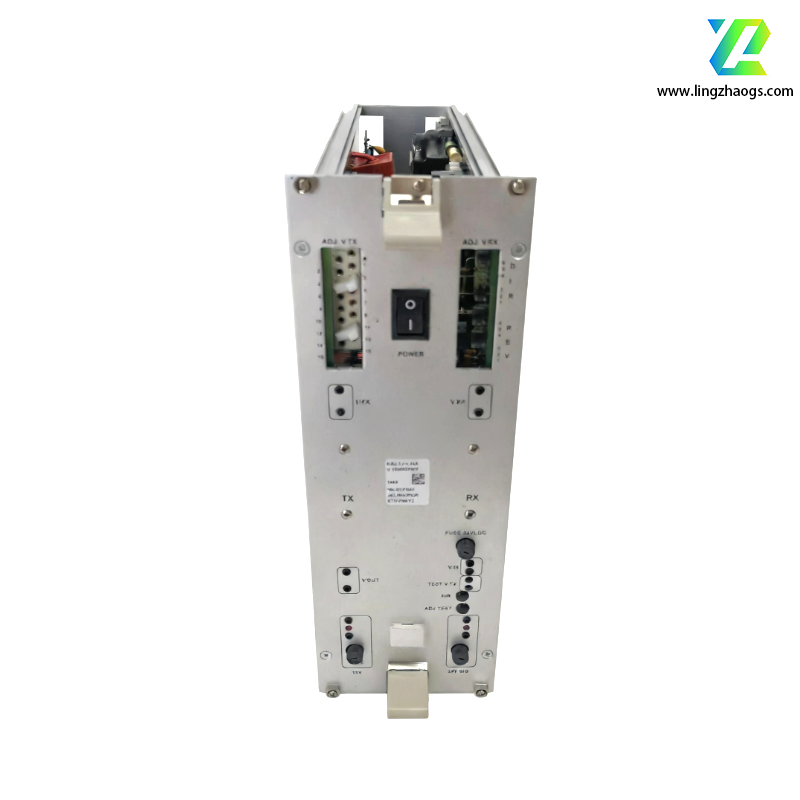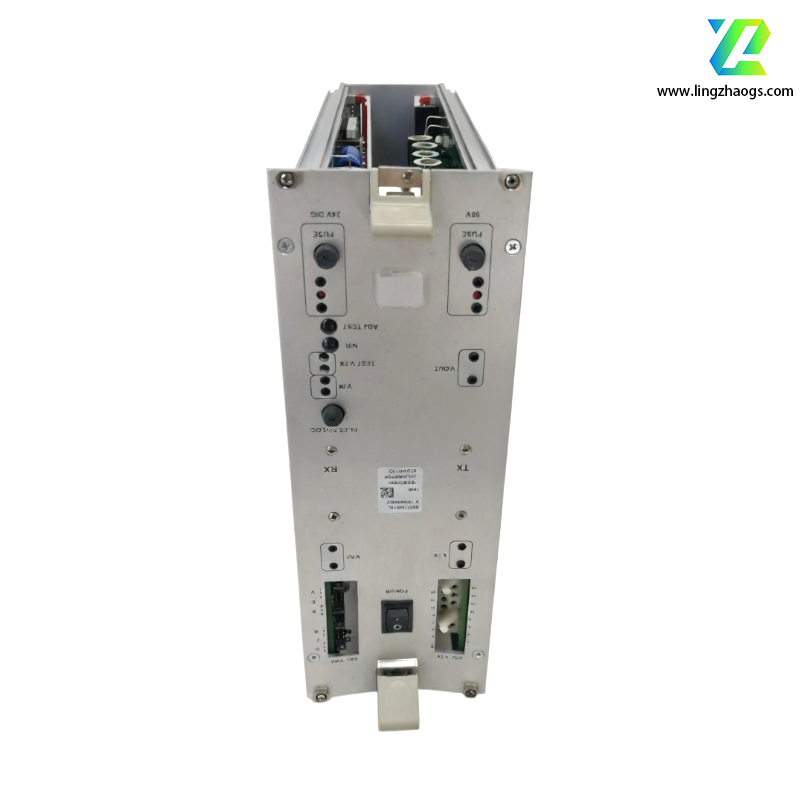ALSTOM NRD108028 is a specialized railway-grade power management and monitoring module engineered for critical railway automation systems, primarily integrated into ALSTOM’s onboard and trackside control platforms (e.g., ONIX Train Control System, TRENO Signaling Infrastructure). As a core component in railway power ecosystems, it focuses on stable DC power conversion, real-time power parameter monitoring, and fault-tolerant operation—designed to meet the stringent environmental and safety requirements of railway operations (e.g., onboard train electronics, trackside signaling devices). Its robust construction, anti-interference capabilities, and compliance with railway standards make it indispensable for mission-critical systems where uninterrupted power supply and accurate power status tracking are essential.
- Wide-Range DC Power Conversion: Converts unstable input DC voltages (24V DC–110V DC, typical for railway onboard and trackside power systems) into a regulated 24V DC output with ±2% voltage accuracy. It supports a maximum output power of 60W, supplying reliable power to low-voltage railway electronics such as control units, sensors, and communication modules.
- Real-Time Power Parameter Monitoring: Continuously measures key power metrics—input/output voltage, output current, and module temperature—with a sampling frequency of 1Hz. Data is transmitted to the central controller via communication protocols, enabling remote oversight of power system health and early detection of anomalies (e.g., voltage drops, overcurrent).
- Dual-Channel Redundancy & Fault Protection: Features a redundant power path design (primary + backup channel) to ensure uninterrupted power supply. It integrates multi-level protection mechanisms: overvoltage protection (OVP, triggers at 30V DC output), overcurrent protection (OCP, limits output current to 3A), short-circuit protection (SCP, auto-recovers after fault clearance), and overtemperature protection (OTP, shuts down at 85°C to prevent component damage).
- Industrial Communication Integration: Equipped with an RS-485 interface supporting Modbus RTU protocol, enabling seamless data exchange with ALSTOM’s train control units (TCUs), trackside SCADA systems, and diagnostic tools. It allows remote configuration of protection thresholds (e.g., OVP setpoints) and real-time upload of power status logs for maintenance analysis.
- Railway-Grade Environmental Resilience: Complies with EN 50155 (Railway Applications – Electronic Equipment Used on Rolling Stock), operating stably in extreme temperatures (-40°C to +70°C), high humidity (5%–95% RH, non-condensing), and harsh mechanical conditions (vibration: 10–2000Hz, 5g rms; shock: 1000g, 1ms half-sine wave). Its sealed plastic housing (IP40 protection) prevents dust ingress, suitable for both onboard train cabinets and trackside outdoor enclosures.
- High Reliability & Safety Compliance: Uses railway-qualified components (e.g., high-temperature capacitors, automotive-grade ICs) to ensure long-term durability, with a Mean Time Between Failures (MTBF) of over 200,000 hours. It meets SIL 2 (Safety Integrity Level) requirements per IEC 61508, ensuring compatibility with safety-critical railway systems (e.g., train braking control power supply).
- Compact & Easy-Integration Design: With dimensions of 100mm (W) × 60mm (H) × 30mm (D) and compatibility with standard DIN rail mounting (EN 50022, 35mm), it optimizes space in railway control cabinets—critical for onboard systems where installation space is limited. Plug-in terminal blocks simplify wiring and reduce installation time by 30%.
- User-Friendly Diagnostics: Features a 4-LED status indicator panel (power-on: green; normal operation: steady blue; fault: flashing red; redundancy active: amber) for on-site visual troubleshooting. Fault codes are transmitted via Modbus RTU, enabling technicians to quickly identify issues (e.g., overcurrent vs. overtemperature) without disassembling the module.
- Train Onboard Electronics: Supplies regulated 24V DC power to onboard control systems (e.g., TCUs, door control units), sensors (e.g., speed sensors, door position sensors), and communication modules (e.g., Ethernet switches). Redundancy ensures power continuity even if the primary channel fails.
- Trackside Signaling Infrastructure: Powers trackside devices such as signal controllers, turnout control units, and track circuit detectors. Its wide input voltage range adapts to fluctuating trackside power supplies (e.g., 24V DC battery backups vs. 110V DC grid power).
- Railway Depot Maintenance Systems: Integrated into depot test benches to provide stable power for testing train components (e.g., braking modules, HVAC controllers). Real-time monitoring helps technicians verify power compatibility during maintenance.
- Urban Transit Networks: Used in metro and light rail systems to power platform screen door controllers and station signaling equipment, ensuring synchronization with train operations.
In a high-speed train equipped with ALSTOM’s ONIX Train Control System, the NRD108028 module is installed in the train’s auxiliary control cabinet. It draws input power from the train’s 110V DC auxiliary power system and converts it to 24V DC to supply the TCU, door control unit, and 8 speed sensors. The module continuously monitors output current (typically 1.2A during normal operation) and temperature (35°C–45°C).
If the train’s auxiliary power system experiences a voltage dip to 30V DC, the NRD108028 maintains a stable 24V DC output, preventing the TCU from shutting down. If an accidental short circuit occurs in a speed sensor (causing output current to spike to 4A), the module’s OCP triggers, limiting current to 3A and sending a fault signal to the ONIX controller via Modbus RTU. The controller then switches to a backup speed sensor and alerts the driver via the cabin display. Once the short circuit is resolved, the module auto-recovers, restoring full power—minimizing operational disruption.
- Uninterrupted Power Supply: Redundant design and wide input range ensure power continuity for critical railway electronics, reducing the risk of train delays or signaling failures caused by power anomalies.
- Predictive Maintenance: Real-time power parameter monitoring and fault coding enable early detection of issues (e.g., deteriorating capacitors), allowing scheduled maintenance instead of unplanned downtime—cutting maintenance costs by 25%.
- Compliance & Safety: EN 50155 and SIL 2 compliance ensures compatibility with global railway standards, eliminating the need for custom modifications and reducing safety risks in mission-critical systems.
- Space & Cost Efficiency: Compact DIN rail design saves cabinet space, while integrated monitoring eliminates the need for separate power meters—reducing hardware procurement and installation costs.
- Confirm Power Requirements: Prior to procurement, verify the target system’s input voltage (24V DC vs. 110V DC) and maximum power consumption (ensure ≤60W) to avoid mismatches. For higher-power applications, consult ALSTOM for compatible NRD-series variants (e.g., NRD108030 for 100W output).
- Source from Authorized Channels: Purchase through ALSTOM-authorized railway equipment distributors or certified industrial suppliers. Request EN 50155 and SIL 2 certification documents to avoid counterfeit modules, which may fail under railway environmental stress.
- Adhere to Installation Standards: Install by technicians trained in railway electronic systems, following ALSTOM’s installation manual. Ensure proper grounding (to enhance EMC performance) and use twisted-pair cables for RS-485 communication (to reduce noise interference). Avoid mounting near high-voltage traction components (e.g., 3kV DC cables).
- Regular Maintenance: Conduct semi-annual inspections:
- Verify LED status indicators match system logs (no discrepancies between visual and remote data).
- Calibrate voltage/current monitoring accuracy using a precision power analyzer.
- Check terminal block tightness (vibration can loosen connections) and clean dust from ventilation slots.
- Update firmware via ALSTOM’s diagnostic software to align with the latest safety and compatibility standards.
